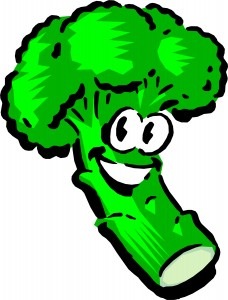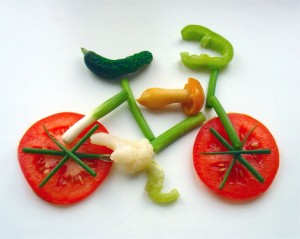In my neck of the woods, barbecue season is right around the corner.
I happen to love hamburgers, but, needless to say, I don’t love the calories and saturated fat in most of them.
Some Hamburger Stats
Most (not all) hamburgers are made with either ground round or ground chuck and are usually six or more ounces.
A broiled burger made with ground round (85% lean meat) has 70 calories in each ounce with 4 grams of fat (2 grams saturated fat).
A broiled burger made with ground chuck (80% lean meat) has 76 calories in each ounce with 5 grams of fat (2 grams saturated).
How about substituting chopped vegetables for some of the meat? Onions, garlic, peppers, and mushrooms are some possibilities. An ounce of onions is 11 calories with no fat; an ounce of white mushrooms has 6 calories and no fat.
Switching out an ounce or two of meat for veggies can save you 60 to 150 or so calories and 4 to 10 grams of fat and add a whole bunch of flavor.
Try it – you might like it!




